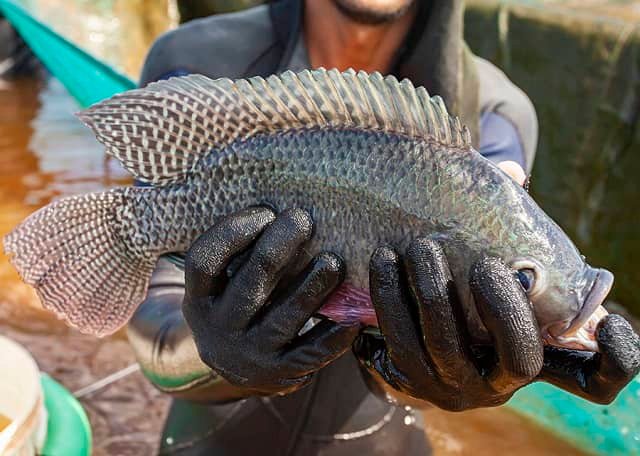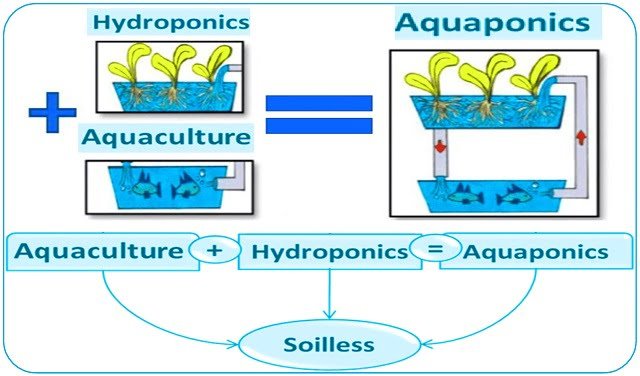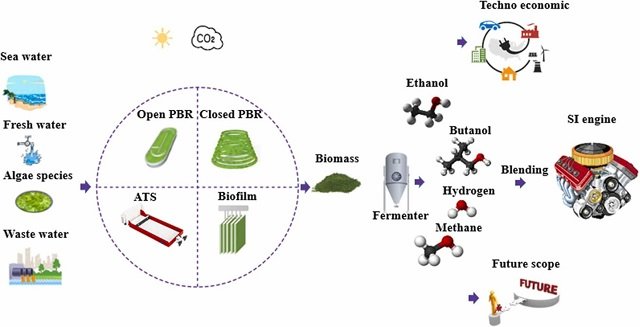
The growth of the aquaculture industry faces various challenges, including the production of aquaculture feed based on ingredients from sustainable sources. In this pursuit, a team of researchers from the Pontifical Bolivarian University published a scientific review to identify and classify unconventional ingredients from terrestrial plants, animals, algae, and fungi with potential for tilapia feed.
The Study
The researchers conducted a systematic review based on an adaptation of the Preferred Reporting Items for Systematic Reviews and Meta-Analyses (PRISMA) methodology. They reviewed documents in the Scopus and Web of Science (WOS) databases.
They created tables regarding the incidence of the evaluated ingredients on tilapia growth rates, selecting documents presenting results related to weight gain, specific growth rate, and feed conversion rate.
Feeding Experiment Publications
The study reports that the majority of scientific publications originated in Brazil (20.67%), followed by Egypt (18.27%), Thailand (7.69%), China, and Saudi Arabia, each with 5.29%.
Furthermore, the researchers note that 75% of the studies were conducted with Oreochromis niloticus, 13.19% with red tilapia hybrid (O. niloticus × O. mossambicus), 6.25% with GIFT (genetically improved O. niloticus), 4.87% with O. mossambicus, and 0.69% with O. niloticus × O. aureus.
“Moreover, 61.81% of the studies tested supplements, 37.5% produced concentrated feeds including the studied raw material, and 0.69% did not report information on this,” they emphasized.
Unconventional Ingredients
According to the study, some of the unconventional ingredients found were used to replace fishmeal, soy, or similar protein sources. Out of 144 reviewed documents, the researchers report that 50.7% evaluated terrestrial plants, 22.2% animals, 13.9% algae, 9% fungi, and the remainder is a combination of the mentioned categories.
It is important to note that the study excluded studies based on bacteria.
Stay Always Informed
Join our communities to instantly receive the most important news, reports, and analysis from the aquaculture industry.
Terrestrial Plants
The most researched species, in order of importance, include Linum usitatissimum L., Helianthus annuus L., Salvadora persica L., Moringa oleifera, Cocos nucifera L., Astragalus membranaceus, and Olea europaea.
Animals
Highlighted raw materials in the animal category are Hermetia illucens L., followed by by-products of pigs, poultry, and shrimp. The study notes that black soldier fly larvae and white shrimp (Litopenaeus vannamei) were the most employed.
Fungi
In this category, Saccharomyces cerevisiae stands out, used as an extract in tilapia diets.
Microalgae
Spirulina (Arthrospira platensis) is a microalgae employed as an unconventional ingredient in tilapia feed.
Conclusion
“We conclude that most of the unconventional sources analyzed have a potentially positive impact as alternatives for tilapia production,” emphasizes the study.
However, the researchers also highlighted that some of these potential unconventional ingredients pose certain risks to tilapia survival. Plants S. persica and H. brasiliensis, and microalgae A. platensis and C. vulgaris were identified as having some risks.
The study was funded by Technologies in Urban Agriculture from Minciencias, financed with resources from the Autonomous Heritage National Fund for Science, Technology, and Innovation Francisco José de Caldas.
Reference (open access)
Zuluaga-Hernández, Christian David, Carlos A. Hincapié, and Marisol Osorio. 2023. “Non-Conventional Ingredients for Tilapia (Oreochromis spp.) Feed: A Systematic Review” Fishes 8, no. 11: 556. https://doi.org/10.3390/fishes8110556
Editor at the digital magazine AquaHoy. He holds a degree in Aquaculture Biology from the National University of Santa (UNS) and a Master’s degree in Science and Innovation Management from the Polytechnic University of Valencia, with postgraduate diplomas in Business Innovation and Innovation Management. He possesses extensive experience in the aquaculture and fisheries sector, having led the Fisheries Innovation Unit of the National Program for Innovation in Fisheries and Aquaculture (PNIPA). He has served as a senior consultant in technology watch, an innovation project formulator and advisor, and a lecturer at UNS. He is a member of the Peruvian College of Biologists and was recognized by the World Aquaculture Society (WAS) in 2016 for his contribution to aquaculture.




